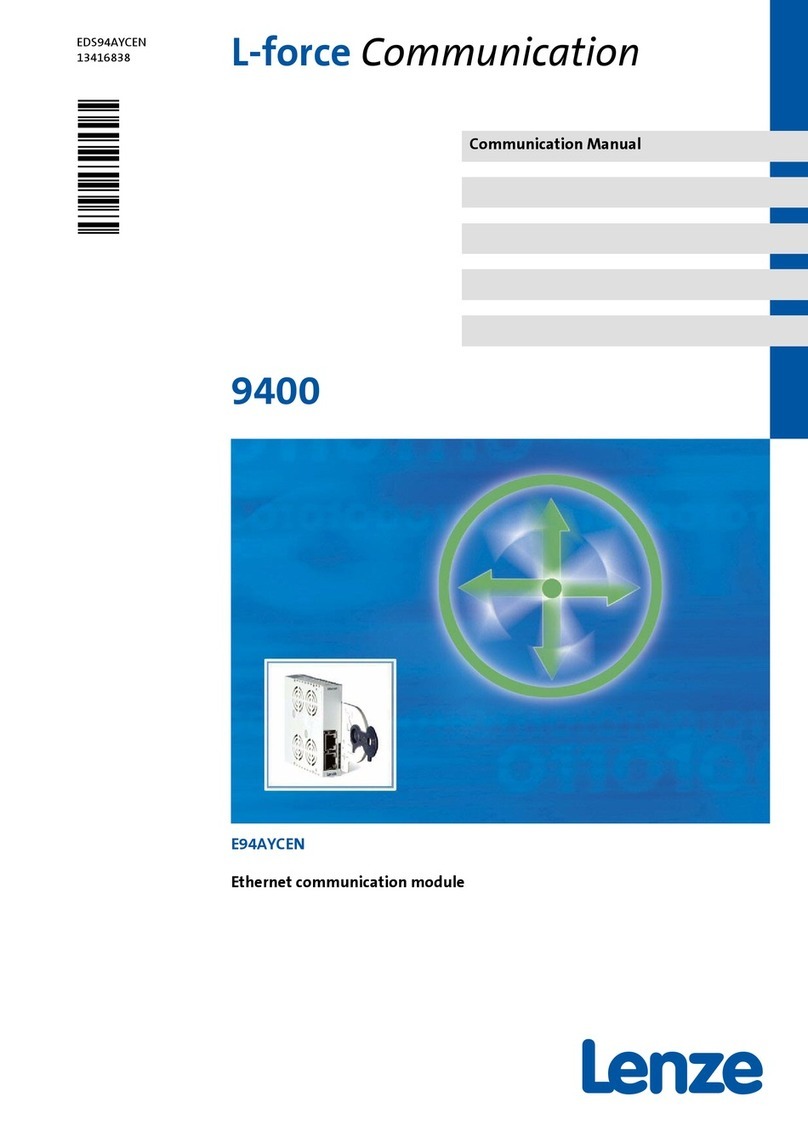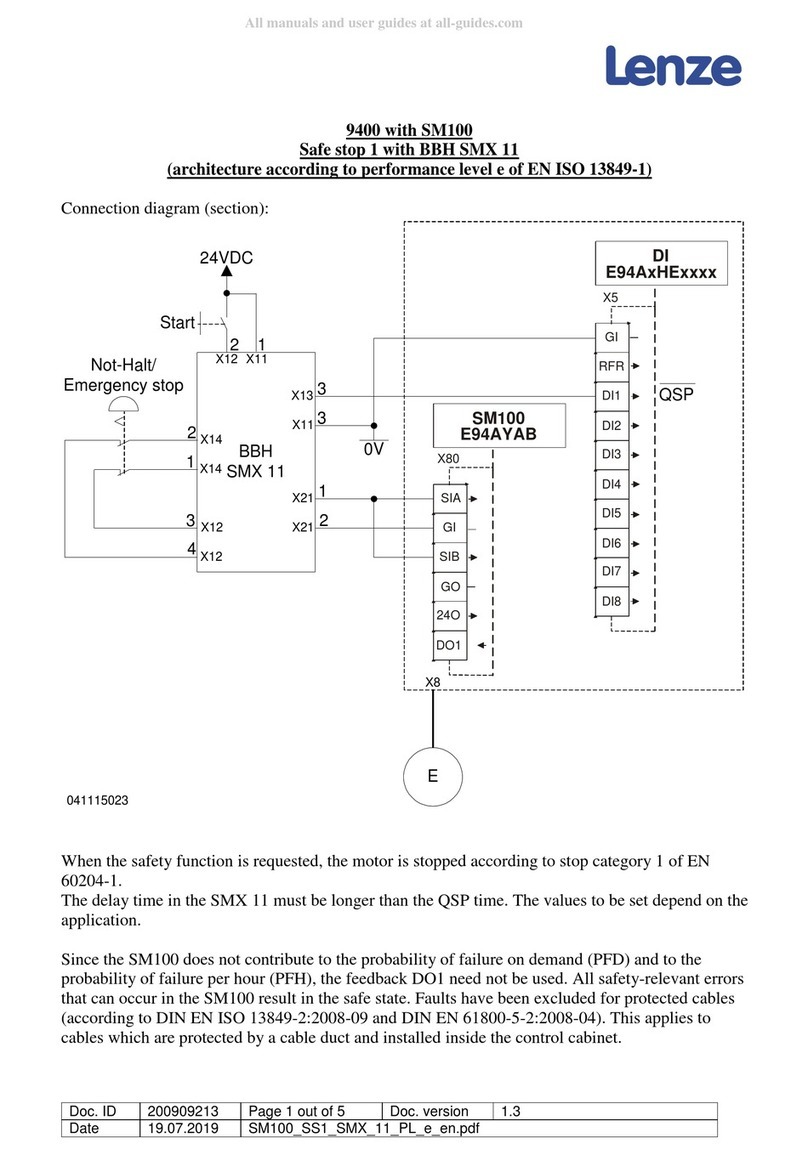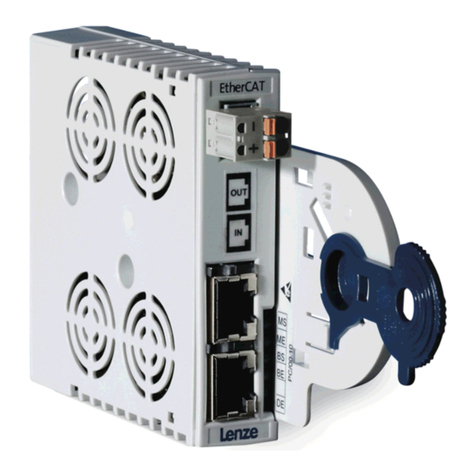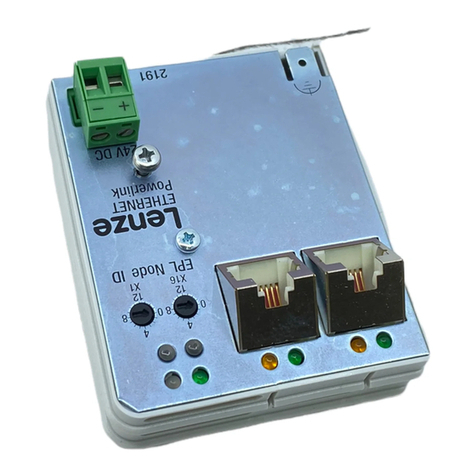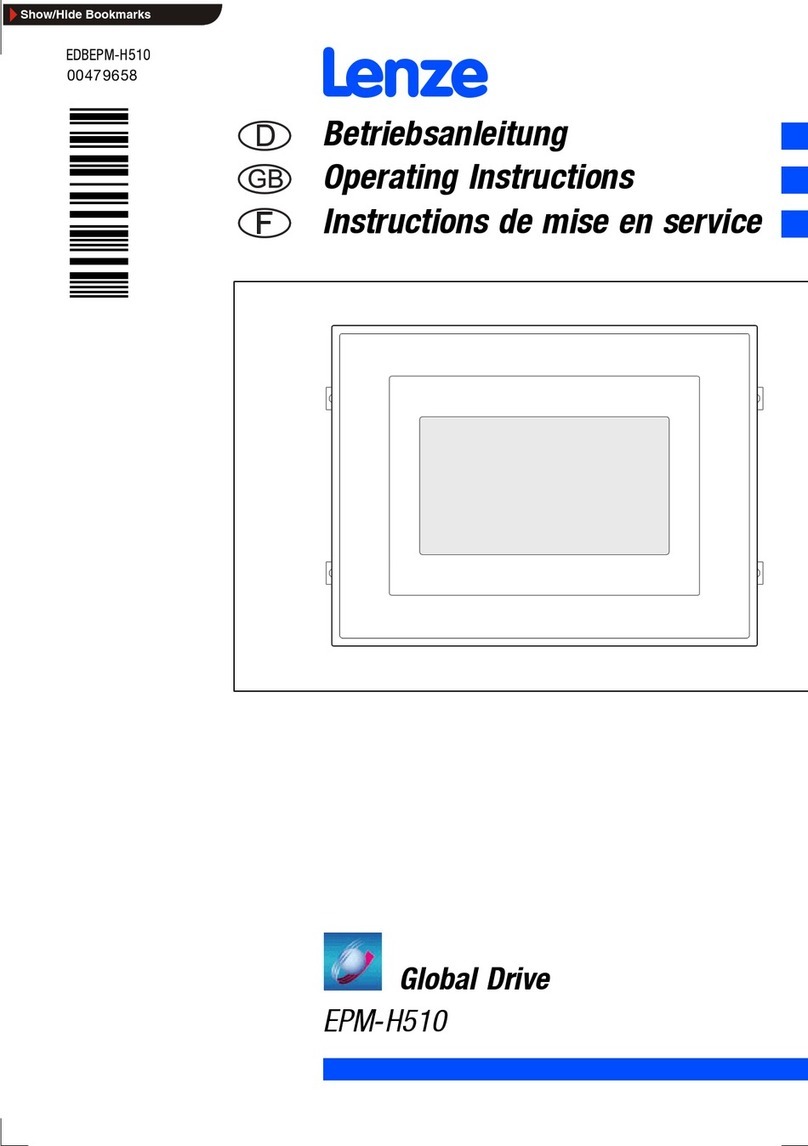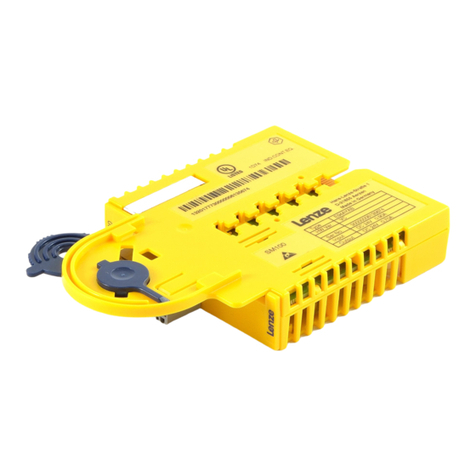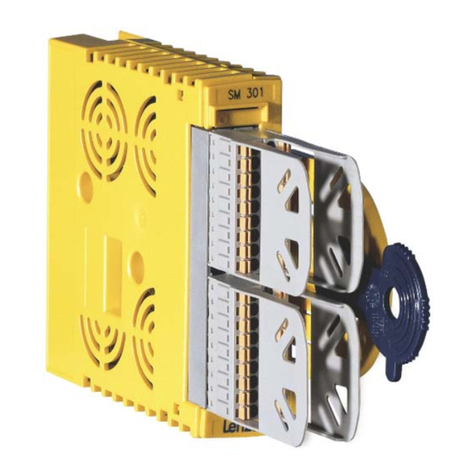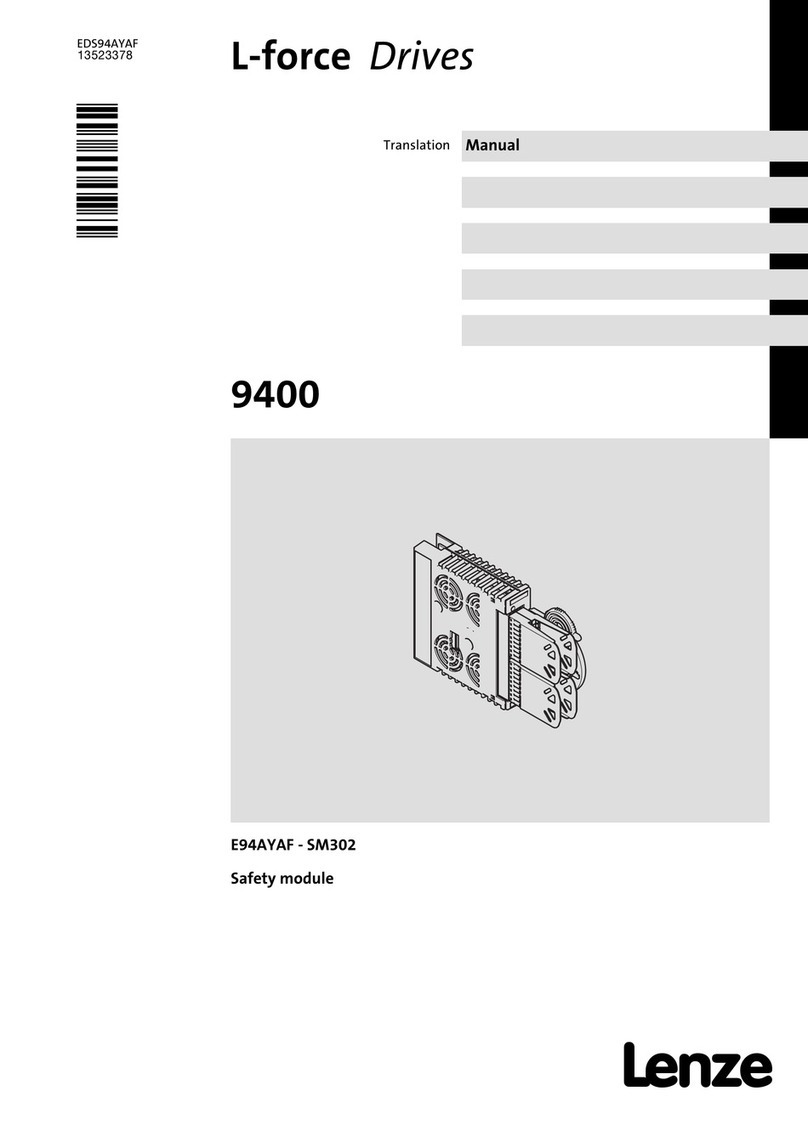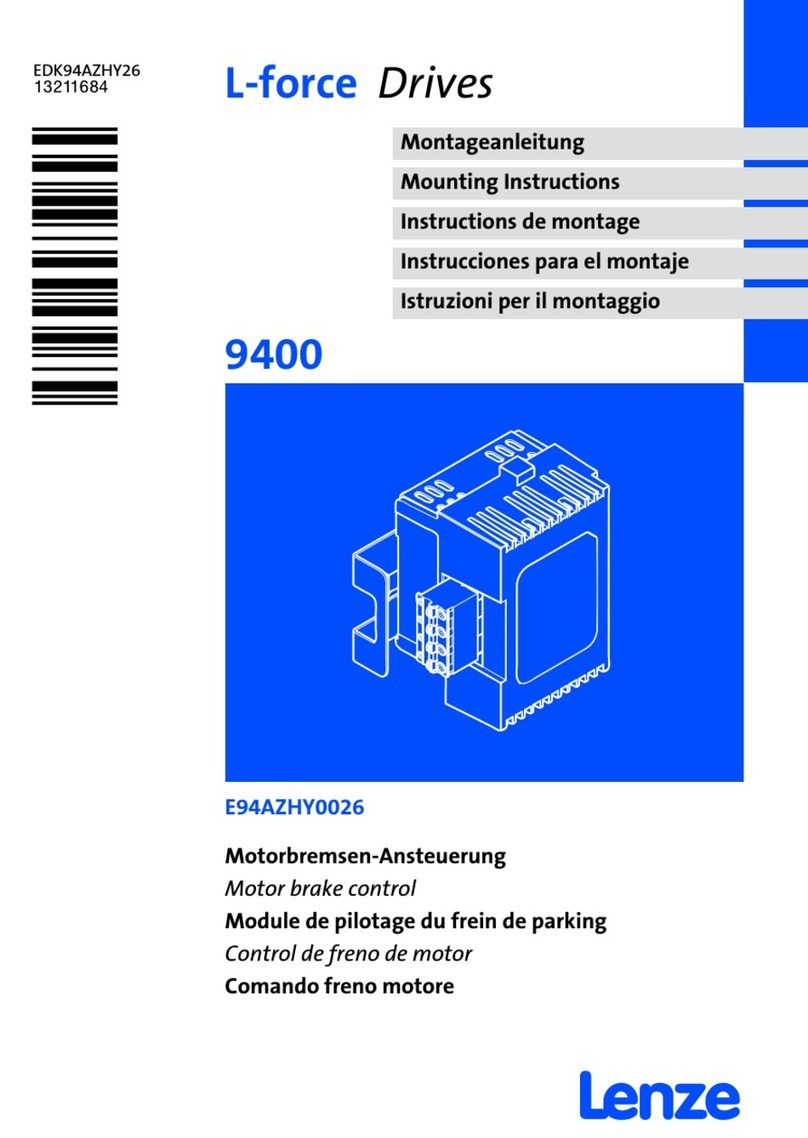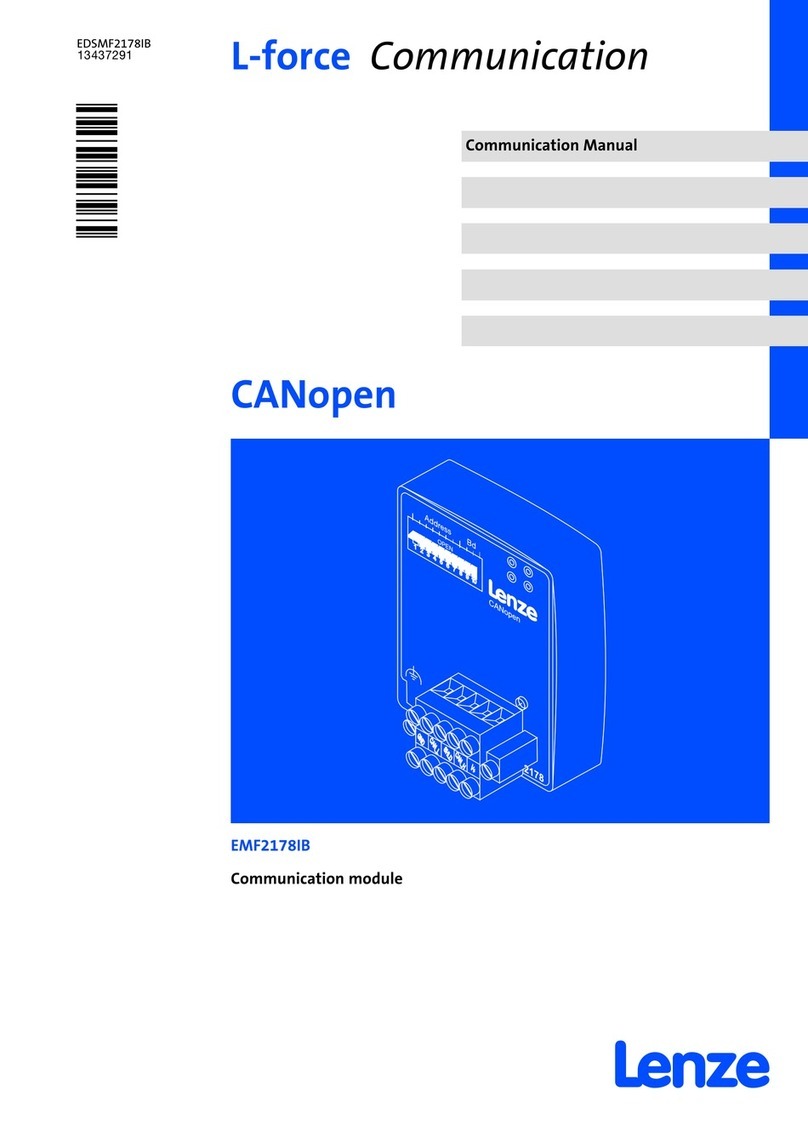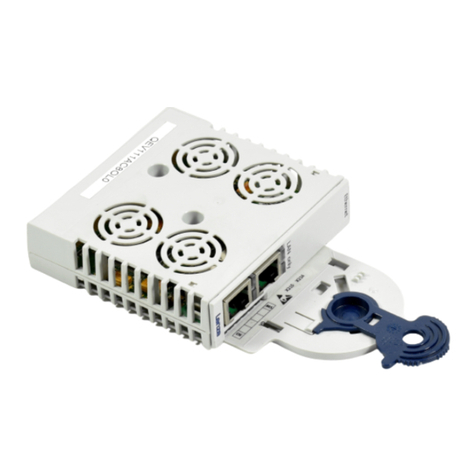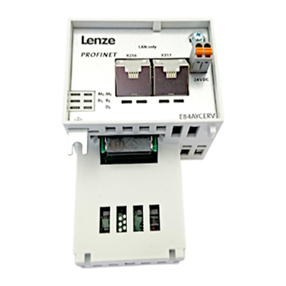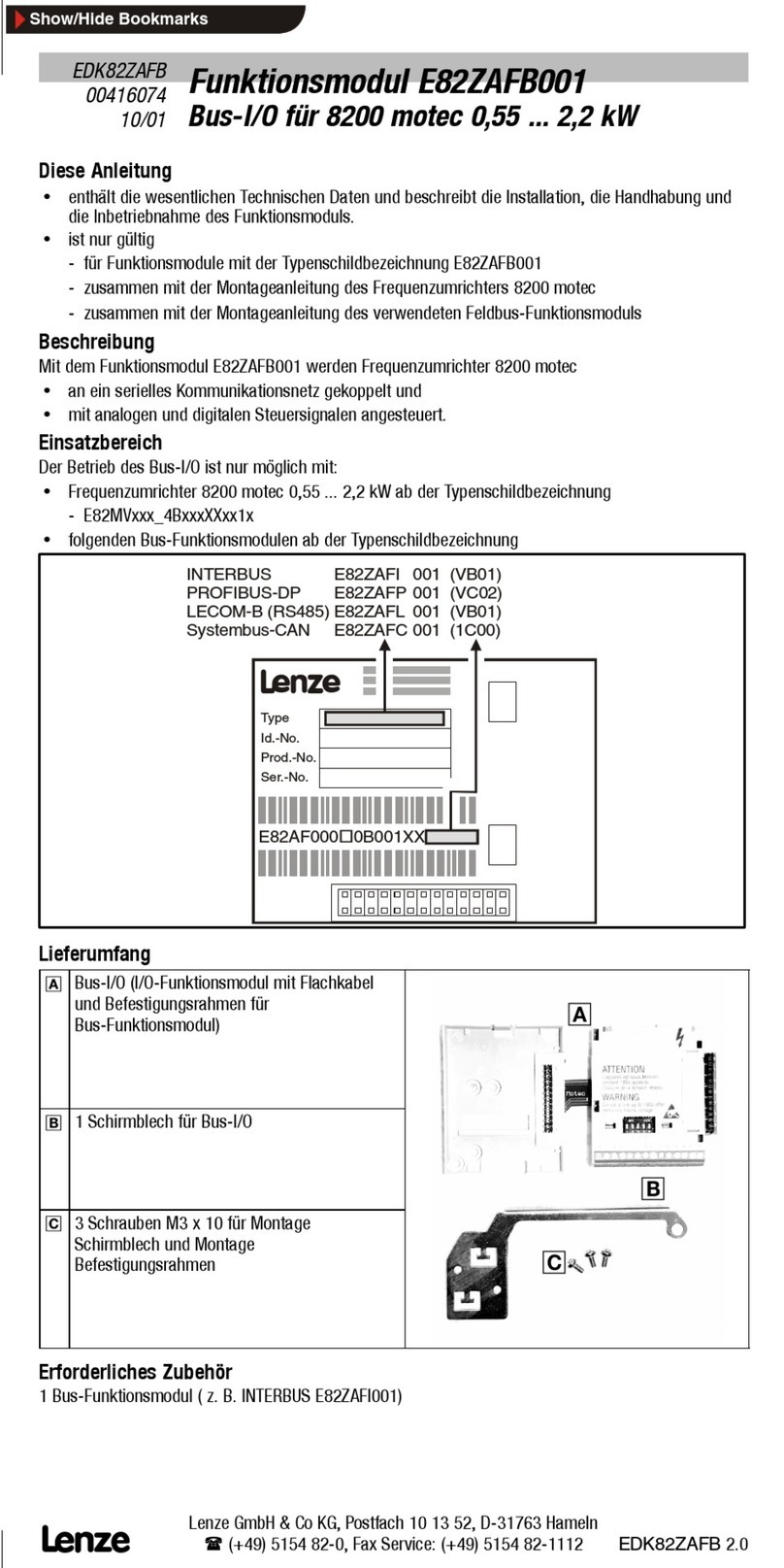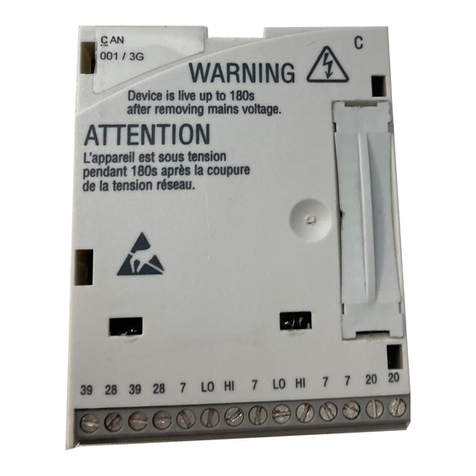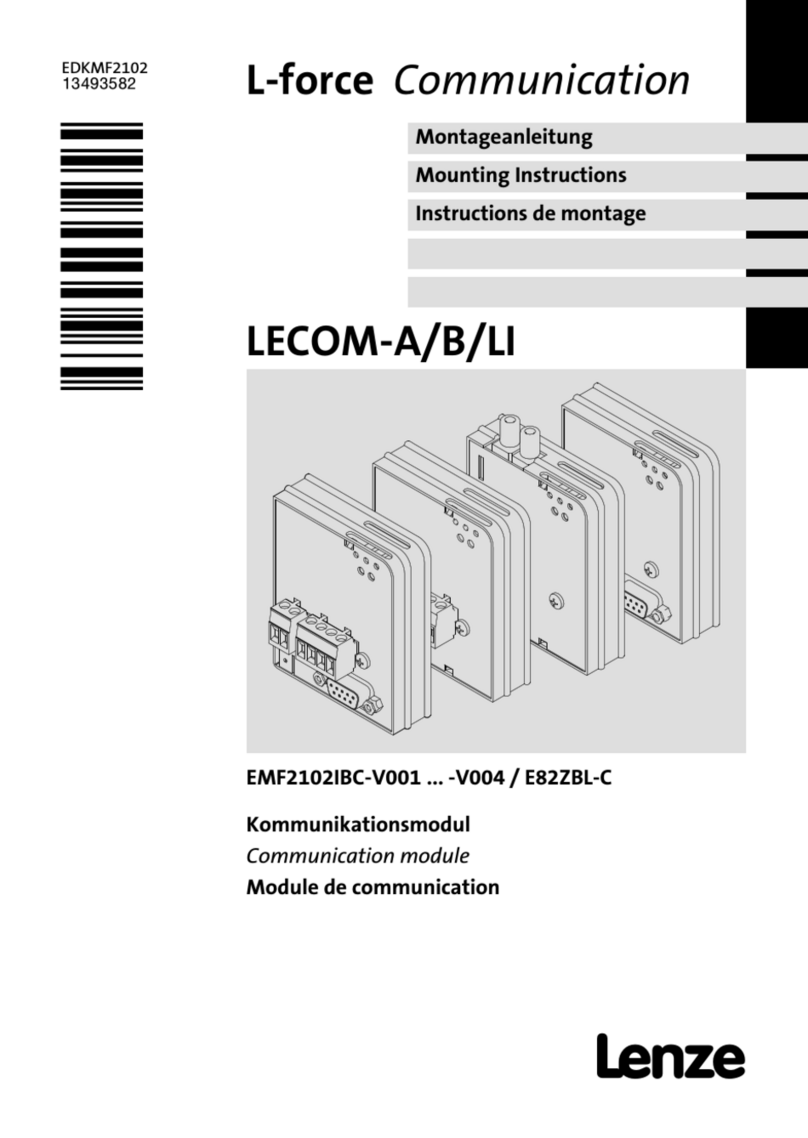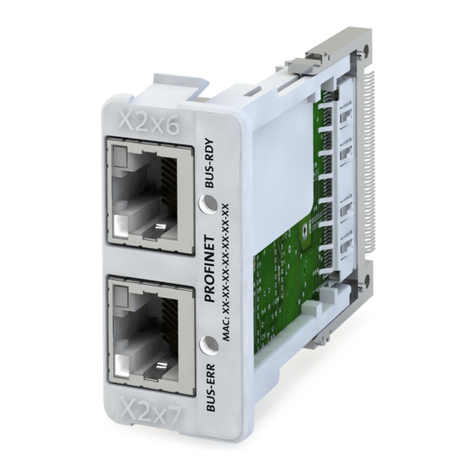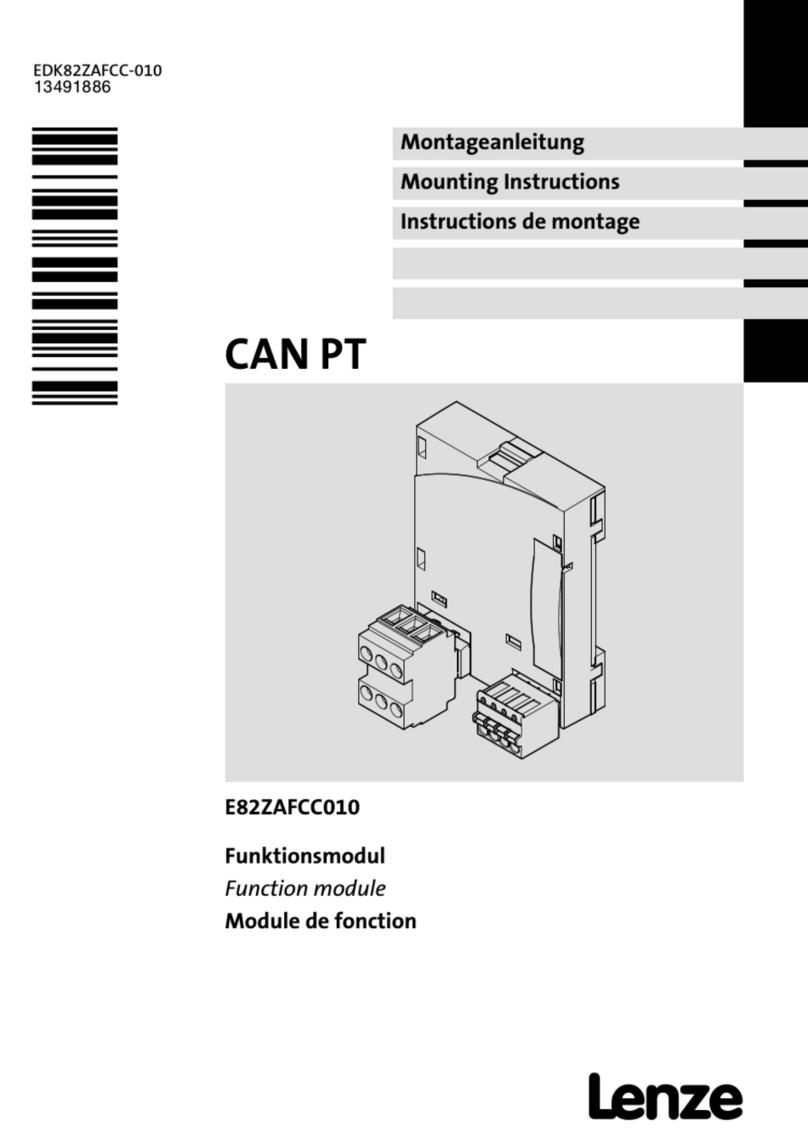
i P94PFB01A
Contents
1 Safety Information ........................................................................................................................................1
1.1 Warnings, Cautions and Notes .......................................................................................................1
1.1.1 General...........................................................................................................................1
1.1.2 Application......................................................................................................................1
1.1.3 Installation......................................................................................................................1
1.1.4 Electrical Connection ......................................................................................................2
1.1.5 Operation........................................................................................................................2
2 Introduction ..................................................................................................................................................3
2.1 Fieldbus Overview .........................................................................................................................3
2.2 Module Specification .....................................................................................................................3
2.3 Module Identification Label ............................................................................................................3
3 Installation....................................................................................................................................................4
3.1 Mechanical Installation ..................................................................................................................4
3.2 PROFIBUS DP Connector................................................................................................................5
3.3 Electrical Installation......................................................................................................................6
3.3.1 Cable Types....................................................................................................................6
3.3.2 Network Limitations........................................................................................................6
3.3.3 Connections and Shielding..............................................................................................7
3.3.4 Network Termination ......................................................................................................7
4 Commissioning.............................................................................................................................................8
4.1 Overview .......................................................................................................................................8
4.2 Configuring the Network Master ....................................................................................................8
4.2.1 Master Support Files.......................................................................................................8
4.2.2 PROFIBUS-DP Master Setup Procedure...........................................................................8
4.3 Configuring the PositionServo PROFIBUS DP Module......................................................................9
4.3.1 Connecting .....................................................................................................................9
4.3.2 Connect to the Drive with MotionView OnBoard...............................................................9
4.3.3 Setting the Network Protocol...........................................................................................10
4.3.4 PROFIBUS-DP Node Settings...........................................................................................11
4.3.5 Node Address .................................................................................................................12
4.3.6 Baud / Data Rate ............................................................................................................12
4.3.7 Data Mapping .................................................................................................................12
4.3.8 Re-Initialising..................................................................................................................13
4.3.9 Non-Module Parameter Settings .....................................................................................13
5. Cyclic Data Access .......................................................................................................................................14
5.1 What is Cyclic Data? ......................................................................................................................14
5.2 Channel Data Sizes........................................................................................................................14
5.3 Mapping Cyclic Data......................................................................................................................15
5.3.1 Data IN (Din) Channels....................................................................................................15
5.3.2 Data OUT (Dout) Channels...............................................................................................16
